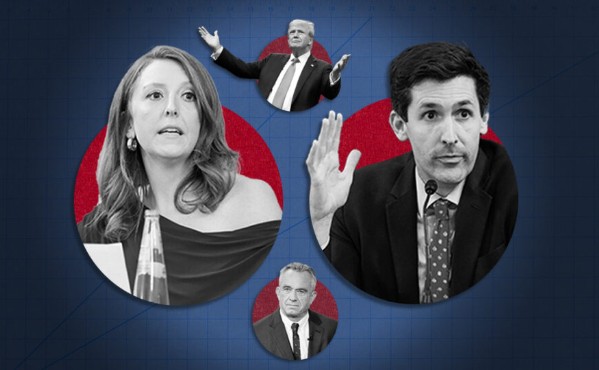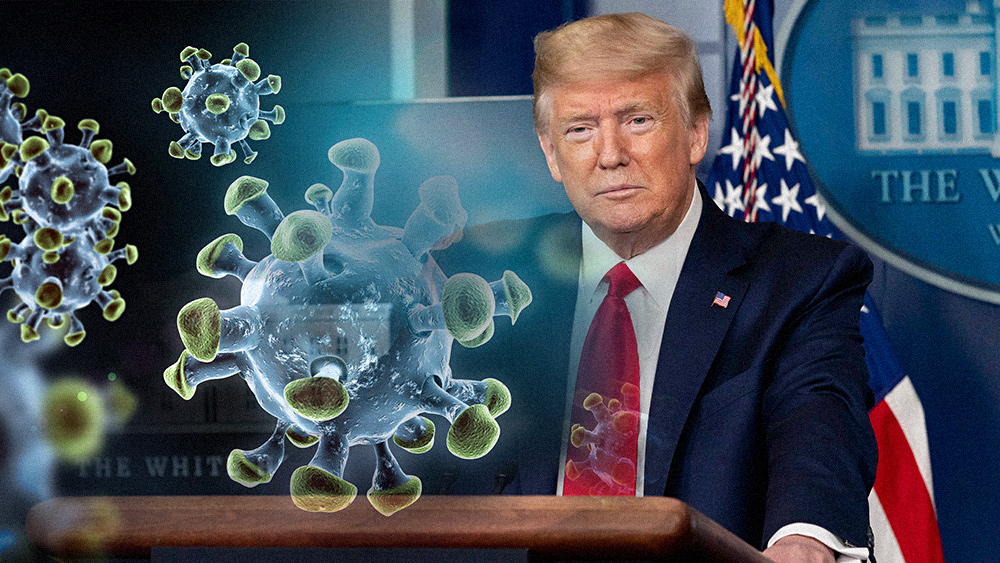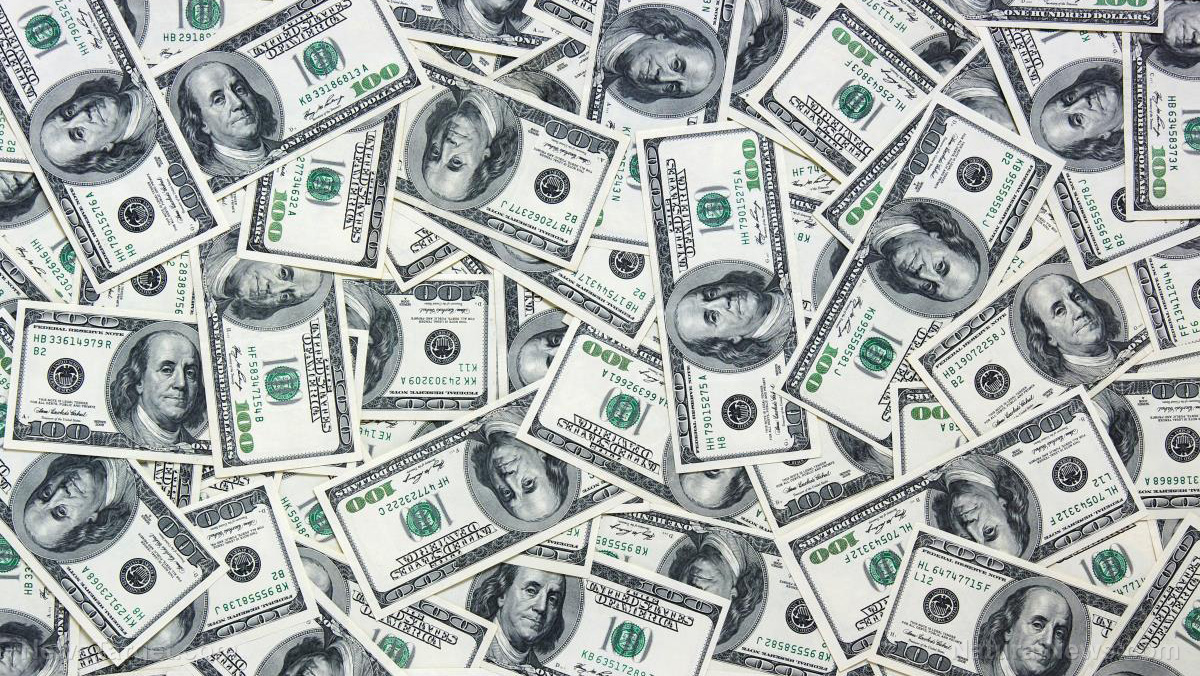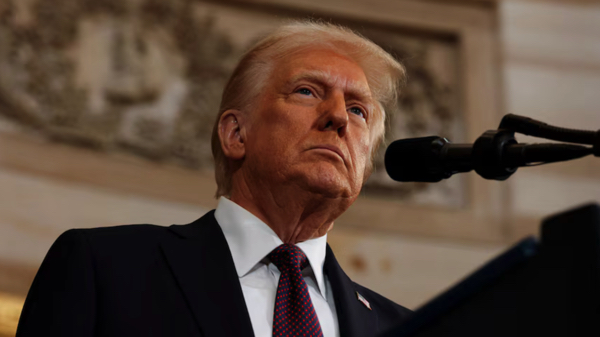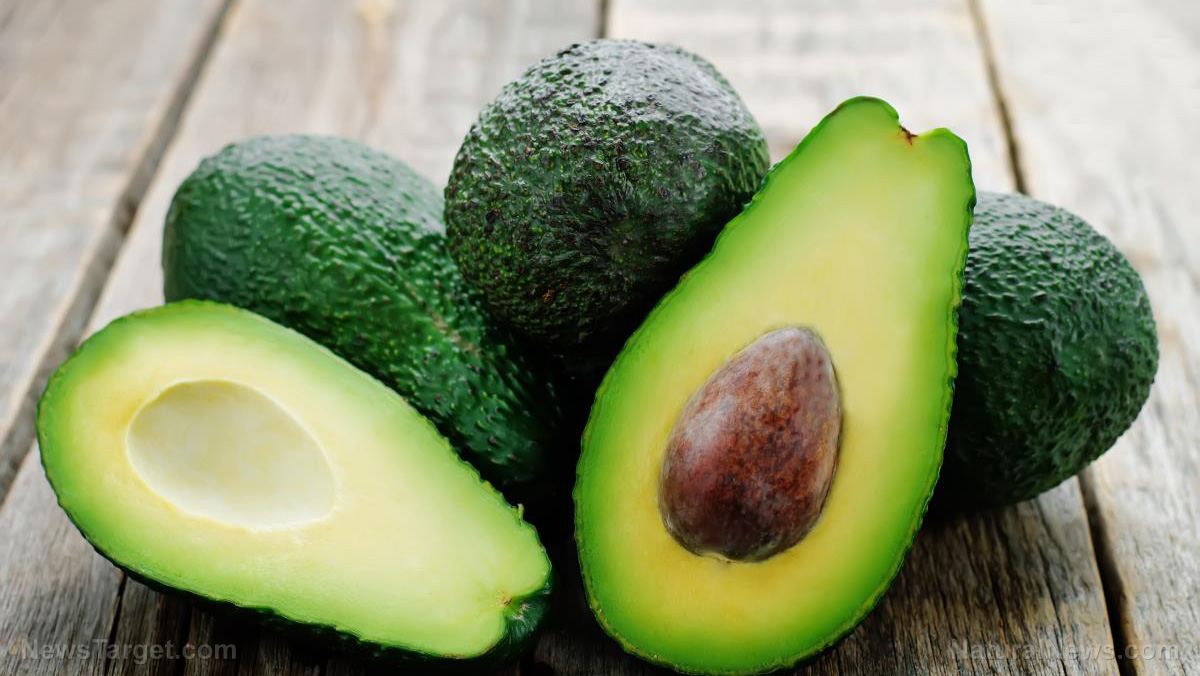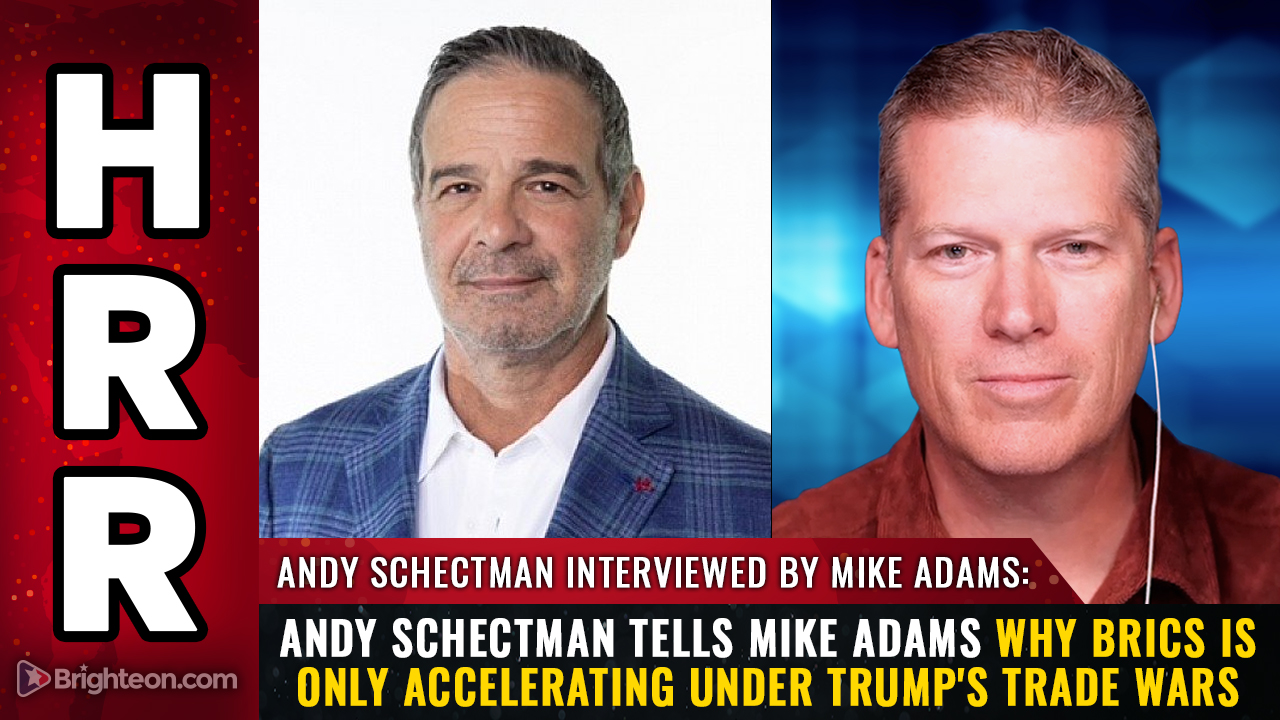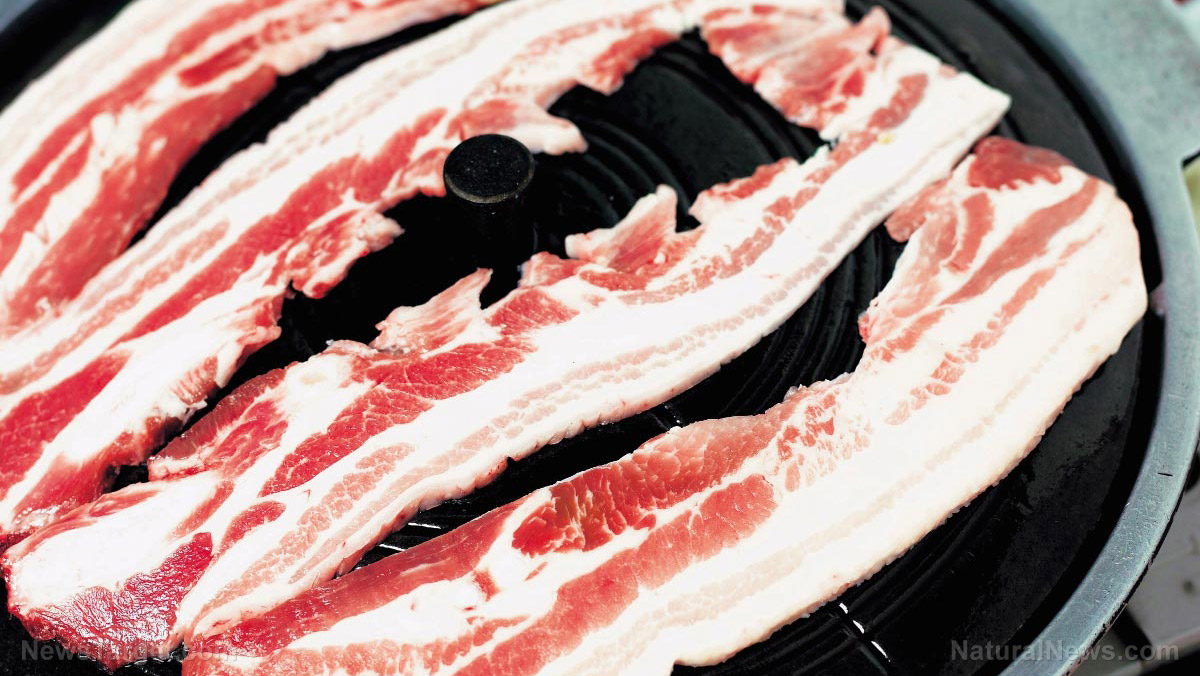 Parler
Parler Gab
Gab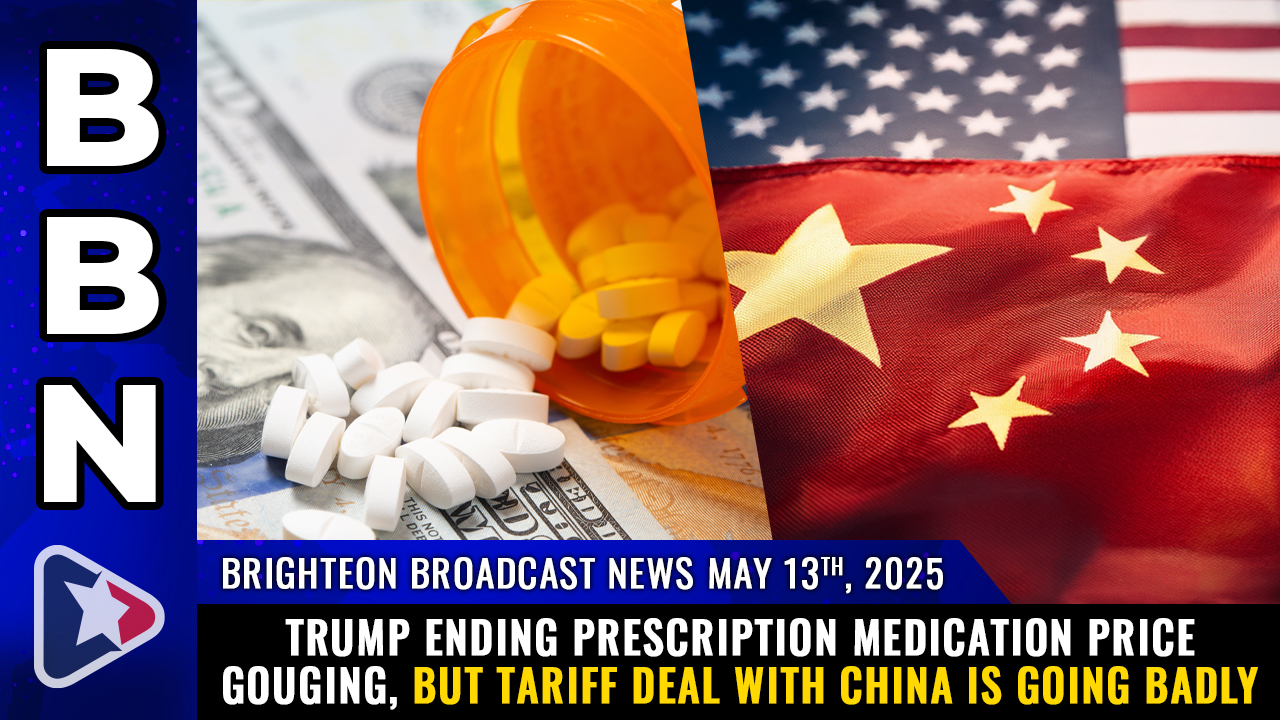
- "Most Favored Nation" Drug Pricing: Trump’s executive order mandates that the U.S. government pay the lowest global price for prescription drugs, ending Big Pharma’s ability to charge Americans higher rates than other nations.
- Criticism & Enforcement Gaps: While praised as a win for consumers, critics argue the policy lacks strong enforcement and could be reversed, with advocates pushing for broader reforms like banning mRNA vaccines and drug ads.
- Trade War Fallout with China: U.S. exporters now face 10% tariffs in China (up from 3%), while American tariffs on Chinese goods drop to 10%, weakening U.S. leverage and hurting farmers reliant on Chinese markets.
- Economic Risks & Job Concerns: The trade dispute disrupts supply chains, risking shortages, while automation-focused policies raise fears over long-term job losses in manufacturing and agriculture.
- Contrasting Policies: The administration’s domestic drug pricing reform contrasts with its risky trade strategy, leaving uncertainty over whether Trump’s economic agenda will ultimately benefit or harm Americans.
Big Pharma Price Controls: A Step in the Right Direction
In a move hailed as a victory for American patients, President Trump signed an executive order requiring the federal government to pay the lowest price for prescription drugs that pharmaceutical companies charge any other nation. This policy effectively ends a longstanding rule—reportedly established under the Obama administration—that prohibited the U.S. government from negotiating drug prices, allowing pharmaceutical giants to charge exorbitant rates unchecked. “Big Pharma is just here to extract money from the U.S. economy and stuff it into their own pockets,” said Mike Adams, founder of Brighteon Broadcast News, who praised the decision while urging Americans to seek natural health alternatives. “At least Trump and Secretary Kennedy are ending that price gouging now.” However, critics note that the executive order lacks detailed enforcement mechanisms and could be overturned by a future administration. Meanwhile, Trump’s health policy remains under scrutiny, with advocates calling for more aggressive reforms—such as banning mRNA vaccines, ending childhood immunization mandates, and halting direct-to-consumer drug advertising.Trade War Fallout: A Surrender to China?
While the White House celebrated the drug pricing reform, its trade strategy with China appears to be backfiring. Earlier this year, Trump imposed steep tariffs (up to 145%) on Chinese imports, prompting Beijing to retaliate with a 125% tariff on U.S. goods. After weeks of economic strain, the two nations reached a temporary truce—but the new terms reveal a troubling reality for American exporters. Under the agreement, China’s tariffs on U.S. goods have tripled, rising from 3% to 10%. Meanwhile, the U.S. reduced its tariffs to 10% (plus an additional 20% duty on fentanyl-related imports). Analysts argue that this deal weakens America’s negotiating position, as China did not concede any meaningful trade concessions. “This is no victory—it’s a surrender by Trump,” Adams argued. “Before April, U.S. exporters faced a 3% tariff in China. Now they’re at 10%. How is that winning?” The tariff hike is particularly damaging for U.S. farmers, who rely heavily on Chinese markets for soybeans, corn, and other agricultural products. With no resolution to the trade imbalance in sight, American businesses face prolonged uncertainty.Broader Economic Risks
The trade dispute has already disrupted supply chains, with experts predicting shortages in retail and manufacturing sectors over the next two months. Additionally, the administration’s focus on automation—such as AI data centers and robotics—raises concerns about long-term job creation. “If you want America to compete, you need affordable energy, skilled workers, and tax policies that encourage domestic manufacturing,” Adams noted. “Right now, we’re doing the opposite.”The Road Ahead
As the 90-day tariff pause unfolds, the Trump administration faces mounting pressure to secure a stronger deal with China. Meanwhile, the drug pricing reform offers a rare bipartisan win—but its long-term impact remains uncertain. For now, the contrast between these two policies highlights a recurring theme of Trump’s presidency: bold domestic reforms paired with risky international gambles. Whether this strategy pays off—or leaves American workers and businesses paying the price—remains to be seen. Watch the May 13 episode of "Brighteon Broadcast News" as Mike Adams, the Health Ranger, talks about Trump ending prescription medication price gouging, but tariffs deal with China is going badly. This video is from the Health Ranger Report channel on Brighteon.com.More related stories:
Trump takes on ticket scalpers with new executive order targeting bots and price gouging China prepares to resume trade talks with Trump amid tariff pressures Trump’s latest Executive Order forces healthcare price transparency, shaking up an industry that thrived on secrecy and price gouging Sources include: Brighteon.comTrump’s EO ending gain-of-function research sparks global debate on lab risks
By Ava Grace // Share
Where the money went: USG funding to counter-mis/disinformation initiatives
By News Editors // Share
DOGE cancels 500,000 federal credit cards in crackdown on wasteful spending
By Cassie B. // Share
Trump declares EU ‘nastier than China’ as trade war escalates – Is the bloc fighting for survival?
By Lance D Johnson // Share
Trump’s drug pricing reform clashes with failed China trade strategy
By finnheartley // Share
Trump’s tariff retreat sparks fears of accelerating BRICS dominance
By finnheartley // Share
